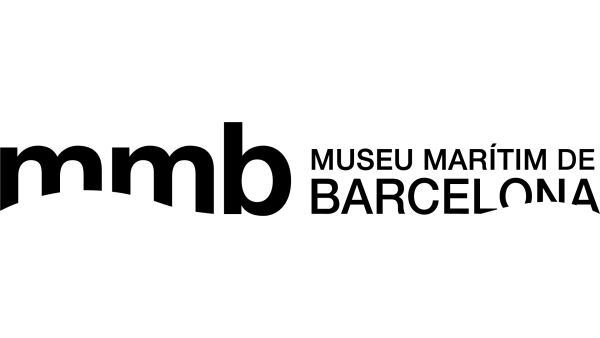Laboratories
The convenors of the EASA2014 Conference in Tallinn wish to draw your attention to the Laboratory stream, which will be a first in the history of the organisation’s biennial gatherings. We strongly encourage delegates to include, according to their interests, some of the various labs in their conference agenda.
The term ‘Laboratory’ recalls spaces constituted through experimentation, collaboration, interaction, and improvisation. They are conceived as sites for producing and presenting ethnographic works beyond text-based conventions. In other words, those generated through visual, acoustic, performative, and other forms of experience-based knowledge.
The idea behind the Laboratories arose out of a concern regarding the limits of the 20 -minute, single-authored oral presentation format which has become standard fare in academic conferences. Laboratories explore the possibilities of a conference format that entails collaborative forms of presentation, offering presentations which are characterised by action and participation, thus producing an immersive environment where people share insights and skills without a definitive idea of what might emerge.
The inspiration for organising the Laboratories came from different angles. It is a format that resembles the improvised and collaborative experience that lies at the heart of ethnography and participant observation. Laboratories also acknowledge the growing trend amongst anthropologists to produce work that is not based on text or discourse-based conventions as a means to narrativise and come to terms with the complexity of social experience. And finally, but no less important, it invites researchers and practitioners outside the discipline to contribute to the conference, mirroring the disciplinary promiscuity of anthropological projects.
We have programmed the Laboratories so that two such events shall occur simultaneously throughout the conference. The curators and organisers of the individual Laboratories have put much effort and demonstrated a lot of courage in pioneering this new format and we strongly encourage the conference delegates to check them out – the success of the format depends entirely on your participation. Ultimately, we hope this format is just the first in what will become standard at EASA conferences. Because it is a new feature for the organisation, the Local Committee is keen to receive feedback on the Laboratories and suggestions on how to make them sustainable.
Carlo A. Cubero, Franz Krause, Patrick Laviolette, Georgeta Stoica
Department of Social & Cultural Anthropology, Tallinn University

